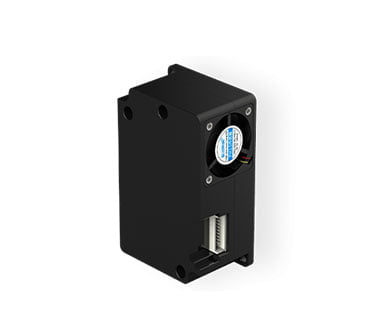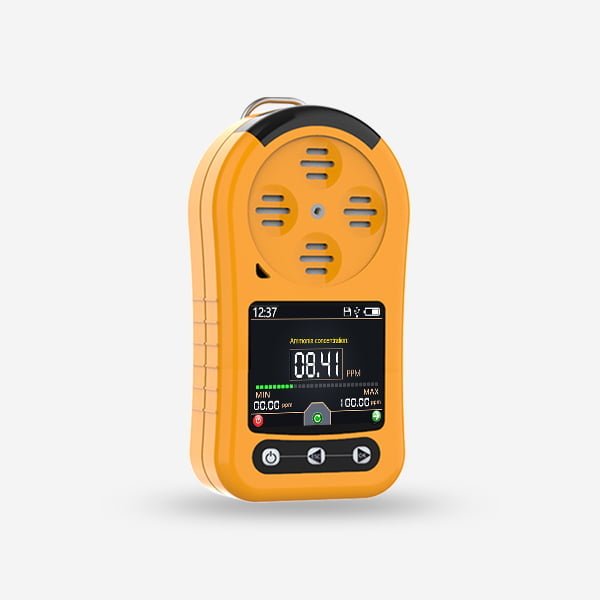Industrial gas detectors are crucial in many industries, such as mining, refining, petroleum extraction, and manufacturing. They work to ensure the overall safety of your organization and employees.
But selecting the right type of detector to meet your company’s unique needs can seem like a daunting task. There are various technologies to choose from – each functioning under different operating principles, and each with different strengths and weaknesses.
The following is an overview of some of the most common types of gas detectors, a description of how they operate, and conditions in which they work best.
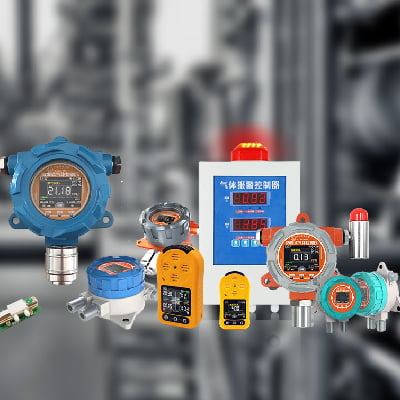
FIXED GAS DETECTOR
Fixed gas detectors, also known as stationary detectors, are permanently installed at specific locations within facilities to continuously monitor the presence of hazardous gases. These detectors are commonly used in industrial plants, refineries, chemical processing facilities, and other critical infrastructure to provide ongoing surveillance of gas levels in areas where leaks or emissions may occur. Fixed gas detector are available in several configurations, including point-type detectors, open-path detectors, and area monitoring systems.
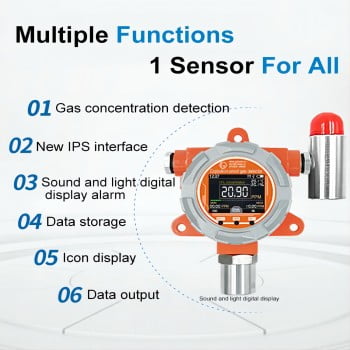
Point-type gas detector are designed to monitor gas levels at a specific location, typically using electrochemical, catalytic bead, or infrared sensors. Open-path gas detector, on the other hand, utilize infrared or ultraviolet light to detect gas concentrations across a defined line of sight, making them suitable for perimeter monitoring or large-area coverage. Area monitoring systems combine multiple sensors to monitor gas levels in a broader space, providing comprehensive coverage and early detection of gas leaks or releases.
Key Features Of Fixed Gas Detectors:
- Continuous monitoring of gas levels
- Integration with alarm systems and control panels
- Remote monitoring and data logging capabilities
- Compatibility with centralized monitoring and control systems
- Robust construction for long-term reliability in industrial environments
PORTABLE GAS DETECTOR

Portable gas detectors are handheld or wearable devices designed for on-the-go gas detection and personal safety monitoring. These compact and lightweight detectors are widely used in industrial maintenance, confined space entry, emergency response, environmental monitoring, and occupational safety applications. Portable gas detector are available multi-gas configurations, offering flexibility and mobility for personnel working in diverse environments.
Single-gas detectors are detect a specific gas, such as carbon monoxide, hydrogen sulfide, or combustible gases, providing targeted monitoring for specific occupational hazards. Multi-gas portable detectors, on the other hand, are capable of simultaneously detecting multiple gases, including oxygen levels, combustible gases, and a range of toxic gases, making them well-suited for industrial safety and emergency response scenarios.
Key Features Of Portable Gas Detector:
- Compact and lightweight design for easy portability
- Audible and visual alarms for immediate gas detection alerts
- Rechargeable or replaceable batteries for extended operation
- Data logging and recording capabilities for exposure tracking
- Rugged construction for durability in harsh environments
AREA GAS MONITORS
Area gas monitors, also known as area gas detection systems, are designed to provide continuous monitoring of gas levels in large or open spaces, such as warehouses, manufacturing facilities, and outdoor work areas. These systems use a network of gas sensors strategically positioned to cover expansive areas and detect the presence of hazardous gases that may pose risks to personnel and property. Area gas monitors are essential for early detection of gas leaks, emissions, or accumulation in industrial and commercial environments.
Key Features Of Area Gas Monitors:
- Comprehensive coverage of large indoor or outdoor spaces
- Integration with centralized control and alarm systems
- Real-time visualization of gas concentration levels across the monitored area
- Data logging and historical trend analysis for gas exposure assessment
- Alarm notification and emergency response coordination features
MULTI-GAS DETECTORS

Multi-gas detector, also referred to as multi-gas monitors, are detect and monitor the presence of multiple gases simultaneously, providing comprehensive gas detection capabilities for industrial safety . These detectors are equipped with sensors for detecting combustible gases, oxygen levels, and a range of toxic gases, allowing users to assess multiple gas hazards in a single device. We use Multi-gas detector are in industrial maintenance, confined space entry, and emergency response operations.
Key Features Of Multi-Gas Detector:
- Simultaneous detection of combustible, toxic, and oxygen gases
- Visual and audible alarms for each gas type
- Compact and ergonomic design for ease of use
- Data logging and event recording for regulatory compliance
- Compatibility with calibration and bump testing accessories

OPERATING PRINCIPLES OF GAS DETECTORS
Gas detectors utilize various sensing technologies and detection methods to identify the presence of hazardous gases in the environment. Choice depends on the type of gas detection sensor technology, the application requirements and environmental conditions. The following are some of the key operating principles :
Electrochemical Sensors:

Electrochemical sensors widely measure concentrations of toxic gases such as carbon monoxide and hydrogen sulfide. These sensors utilize chemical reactions between the target gas and an electrolyte solution to generate electrical signals proportional to the gas concentration. Electrochemical sensors provide high sensitivity for the detection of specific gases for occupational safety and environmental monitoring.
Catalytic Bead Sensors:

Catalytic bead sensors, also known as pellistor sensors, are detect combustible gases, including methane, propane, and hydrogen. These sensors consist of a pair of platinum wire coils coated with a catalyst material that promotes the oxidation of combustible gases. When combustible gases come into contact with the sensor, they undergo a catalytic reaction, resulting in a change in resistance that is proportional to the gas concentration. Portable and stationary gas detectors use catalytic head sensors to monitor industrial hazardous areas.
Infrared Sensors:
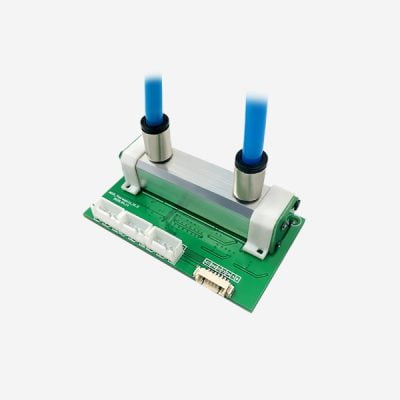
NDIR sensors are utilized in detectors to detect the presence of specific gases based on their absorption of infrared light at characteristic wavelengths. These sensors can detect a wide range of gases, including hydrocarbons, carbon dioxide, and refrigerant gases. Infrared sensors operate by emitting infrared light through a gas sample and measuring the amount of light absorbed by the target gas. Then the absorption determines the gas concentration. Infrared sensors offer high selectivity.
Photoionization Detectors (PID):
Photoionization detectors are detect volatile organic compounds (VOCs) and other hazardous gases with low ionization potentials. These detectors operate by exposing gas samples to high-energy ultraviolet light, causing the gas molecules to ionize. Photoionization detectors are highly sensitive and capable of detecting a wide range of VOCs .
In conclusion, gas detector play a crucial role in ensuring safety, protecting the environment, and monitoring air quality. There are various types of gas detectors available, including fixed, portable, wireless, ultrasonic, infrared, and electrochemical gas sensor. Each type of gas detector has its advantages and disadvantages, making it suitable for specific applications.
